Violinist Maren Bosma, concertmaster and associate artistic director of the brand new orchestra Chromatica, writes about the journey of setting up an ensemble from scratch

Discover more Featured Stories like this in The Strad Playing Hub
Chromatica is a new orchestra that will launch its inaugural season on 8 October 2024 at London’s Battersea Arts Centre. Made up of some of the best young players from across Europe, Chromatica will predominantly work with emerging conductors with the aim to bring its players’ youth and dynamism to a wide repertoire. The orchestra is led by violinist Maren Bosma, who explains what it takes to set up a new ensemble.
Introducing Chromatica
Chromatica Orchestra, formerly Bath Festival Orchestra, begins a new chapter through the UK’s vibrant orchestral landscape. Since its re-establishment as the Bath Festival Orchestra in 2021, I’ve witnessed this evolution first hand as the concertmaster and associate artistic director. This experience has shown me the intricacies of building an orchestra and, perhaps more importantly, the questions we must ask ourselves as musicians and entrepreneurs in today’s classical music world.
From its inception, Bath Festival Orchestra stood out for its versatile repertoire and commitment to youth engagement, values inherited from its roots in Bath’s multi-arts festival. These core principles guided its new life as Chromatica Orchestra, a name that reflects its vibrant, diverse mission. Chromatica Orchestra is a collective of promising emerging musicians, conductors, soloists, and composers, all dedicated to education, community engagement, and innovative programming. The orchestra performs in traditional and unconventional venues, emphasising accessibility and interaction, and showcases its work with young people onstage.
Most importantly, Chromatica Orchestra emanates humanity: it is a tight knit ‘family’ of musicians sharing music onstage with a dynamism that draws the audience into a shared musical experience. Performances do not follow a one-way street from stage to audience. They are a shared journey through the universe of the music performed. This way, the orchestra endeavours to bring a wide repertoire to new audiences and inspire a younger generation to engage with classical music.
But with a mission come challenges. Finding the right musicians, managing all the complicated logistics involved in rehearsing and performing, building relationships with the community and developing artistic direction – all of these elements require careful navigation. And then there’s the universal, perpetual elephant in the room: how to pay for it all?

Building the orchestra
Although we speak of orchestras as entities, it’s important to remember what they are made up of: their musicians. As a freelance orchestra, Chromatica Orchestra comprises a wide pool of highly talented young professionals, all active in many of the UK’s top orchestras and performing as soloists and chamber musicians. What sets Chromatica Orchestra apart is that the selection process goes both ways: musicians become involved through their interest in the orchestra’s values and artistic approach, as much as through the orchestra’s interest in their musicianship and artistic contributions. The result is a collective of like-minded, tuned-in musicians who show their individuality onstage and actively participate in the orchestra’s community engagement.
Venues and programmes
The right people on stage create a unique energy, which is enhanced by just the right amount of rehearsal time: too little means not enough opportunity to delve into the music deeply, and too much might affect the spontaneity of the performance. The repertoire dictates the rehearsal time, just as it informs the choice of venues: where a Mozart symphony is more suited for a traditional concert hall, a jazz-inspired programme may work better in a non-classical venue – although mixing that up can also be interesting!
These decisions are not always straightforward, however. Any new orchestra will be tasked with approaching venues and pitching their programmes. These venues have their own scheduling constraints, artistic vision and audience. The orchestra therefore needs a strong team that can align the artistic direction and schedule with that of the venues with which it wishes to collaborate.
Inspiring the next generation
And then comes the next step: reaching audiences and building a relationship with the community. One of the most fundamental goals of Chromatica Orchestra is to work with young people and stimulate music through education. Through collaborative work with schools and music hubs in the UK and by sharing this work with concert audiences, for example through side-by-side performances where young students share the stage with the musicians of Chromatica Orchestra, the orchestra plays an active role in the nourishment of cultural interest among younger generations.
Artistic direction
At the core of it all is the orchestra’s artistic direction: striking a balance between well-known and widely beloved repertoire and contemporary, unknown or rarely played repertoire, and curating programmes that speak to a wide audience, introducing both seasoned and inexperienced listeners to music they haven’t heard yet, whilst also offering new interpretations of what they may already know. And then: finding the right conductors to help shape the orchestra and its repertoire. With its launch, Chromatica Orchestra is introducing the Emerging Conductor Fellowship, with Charlotte Politi and Tess Jackson as its inaugural conductor fellows.
It is extremely important to ask ourselves, as individual musicians as well as ensembles, what sets us apart
The financial reality
One key element needed to move through challenges and decision-making processes and turn ideas into concerts is money. The developments in public arts funding in the UK have proven less than hopeful for many orchestras, even the most established ones. For a new orchestra, the prospects can be even more daunting. Many public funding bodies require proof that you’re different to or better than everyone else, and this message must invariably be conveyed through complex application processes, without compromising the orchestra’s underlying philosophy.
But let’s be honest: many orchestras employ extremely talented musicians; after all, there are a lot of them! Many orchestras perform repertoire spanning multiple genres and practice innovative programming. Many orchestras have educational outreach programmes. Yes, it is extremely important to ask ourselves, as individual musicians as well as ensembles, what sets us apart; the importance of finding our own identity will only increase in today’s artistic climate. But perhaps this uniqueness cannot fully be captured simply by drafting values, goals, and promises. I believe we must keep attending concerts and discovering emerging artists and orchestras for ourselves because their individuality can only be fully experienced through live performance.
Chromatica Orchestra has been fortunate to have the faith of several generous individuals willing to fund the arts. Private funding makes all the difference for new artistic organisations such as this one, and it means Chromatica Orchestra can continue to exist while working to expand its funding sources. And with all these elements put together, Chromatica Orchestra has an exciting season lined up, with music by Karl Jenkins, Shostakovich, Anna Clyne, Saariaho, Paganini, and more – starting with its launch on 8 October at Battersea Arts Centre in London, where the programme will include Barber’s Violin Concerto with soloist Kristine Balanas, De Falla’s El amor brujo with mezzo-soprano Natalia Kutateladze, and Joan Tower’s Fanfare for the Uncommon Woman.
An exciting season ahead
Chromatica Orchestra is formed of talented young musicians who are genuinely passionate about their impact on society, sharing all music with all people and making changes where they are due. But more importantly, through ongoing community engagement and education, the orchestra will help the next generation of musicians flourish. Soon, this orchestra will have cultivated its own patch in the UK’s orchestral landscape. It is an orchestra worth supporting.
Find out more about Chromatica’s inaugural season, which launches on 8 October 2024
Read: Top tips for putting the joy into practice
Read: The Hallé Orchestra appoints new leader
Read: Lead from behind: wielding double bass superpowers in the orchestra
Discover more Featured Stories like this in The Strad Playing Hub
The number one source for playing and teaching books, guides, CDs, calendars and back issues of the magazine.
In The Best of Technique you’ll discover the top playing tips of the world’s leading string players and teachers. It’s packed full of exercises for students, plus examples from the standard repertoire to show you how to integrate the technique into your playing.
The Strad’s Masterclass series brings together the finest string players with some of the greatest string works ever written. Always one of our most popular sections, Masterclass has been an invaluable aid to aspiring soloists, chamber musicians and string teachers since the 1990s.
American collector David L. Fulton amassed one of the 20th century’s finest collections of stringed instruments. This year’s calendar pays tribute to some of these priceless treasures, including Yehudi Menuhin’s celebrated ‘Lord Wilton’ Guarneri, the Carlo Bergonzi once played by Fritz Kreisler, and four instruments by Antonio Stradivari.

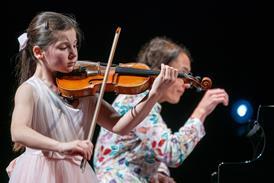
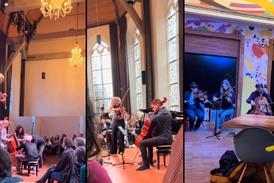

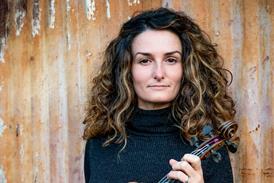

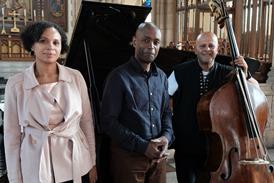


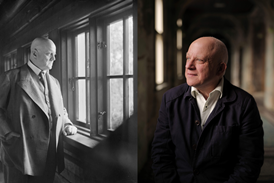
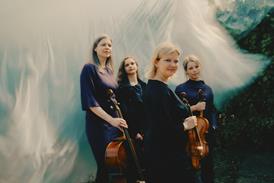

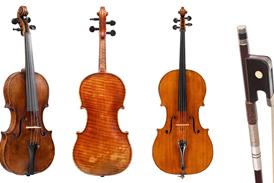
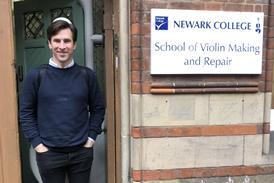
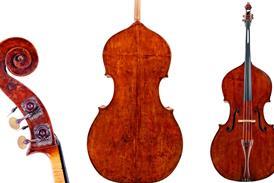
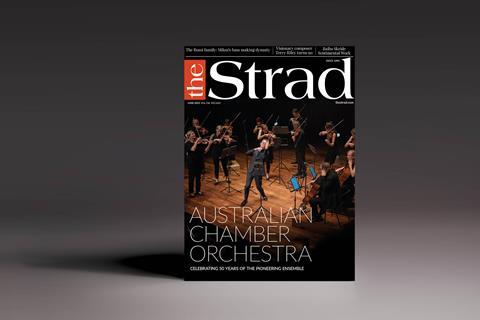





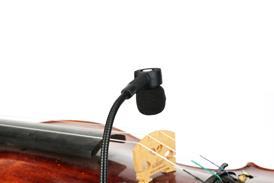
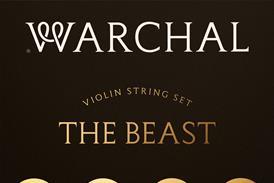















No comments yet